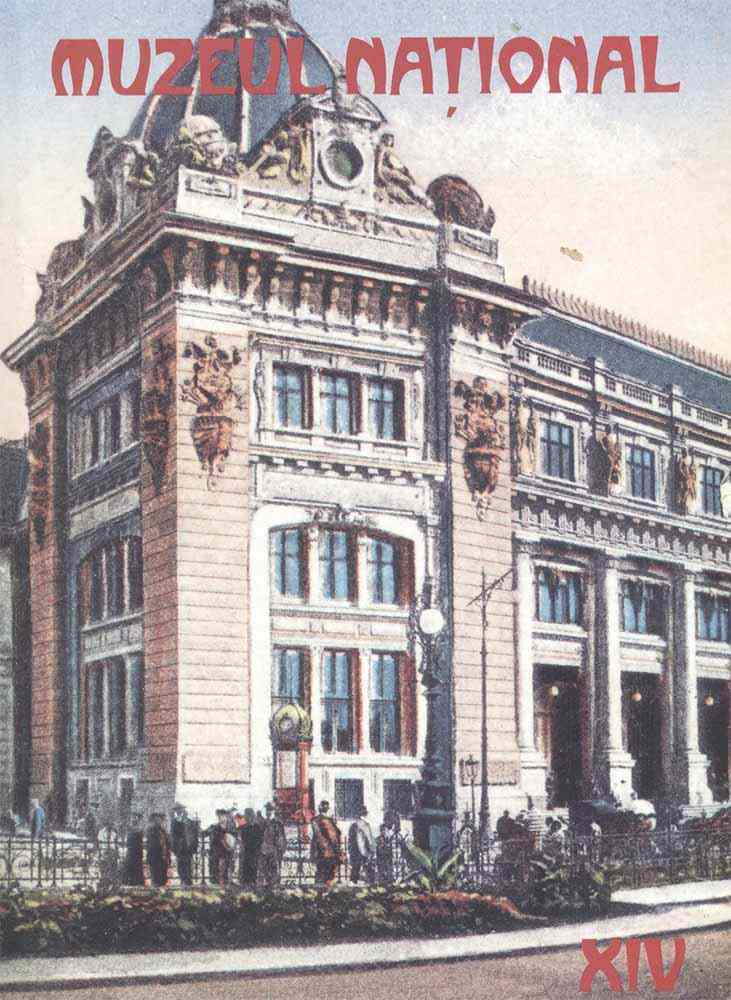| Excerpt |
Although dealing with historical written sources, this study is yet a part of an archaeological project. The main goal is to establish an archaeological expectancy for the field research. The starting point is the discontent about the sloppy reading of the ancient texts about Slavs migration epoch, both in Romanian and international literature. The progress of the archaeology and numismatics made possible a new criticism of the sources, throwing a light on well-known proto- Byzantine literature weakness: a poor geographical acknowledgement, abusive use of the rhetorical figures, old-fashioned names for new realities, ideological interferences in the historical facts interpretation, the exaggerations, etc. One of the main ideas is that the twentieth century research overestimated the Lower Danube strategic importance, as well as military events in the area, following the ancient texts, written by people that never walked out through Balcan Peninsula, that knew better the events from Lower Danube only because they were closer to the capital than Middle Danube (for details see CURTA 2001, p. 36-73). In fact, the main strategic problem of the Roman Empire was the Middle Danube, where the key-position from Lower Sava was impossible to keep, there where was the intersection of the powerful Germanic kingdoms as Ostrogots, Gepids, Lombards, later Avars. Other barbars came into the area for taking advantage from Roman military weakness, as Bulgars (Cutrigurs, beginning with 502; some of them became federates in the Illyrian army latest in 505) and Slavs (latest in 548). Here there are some events that had been re-evaluated: The invasion from 517 of some "Getic horseman" is repositioned on Middle Danube area, as starting point, and the raiders are not Slavs, of course, but Gepids. The first mention of the Slavs in the proximity of the Danube is connected with Chilbudios campaigns northern Danube, in 530-533. In this episode, the Slavs - as well as Antes tribes - seem to be nothing more than troops under Cutrigurs command. The plunders around Ulmetum and Adina fortresses seem to be more the result of the actions of defected federates than effective military actions, started northern Danube. Those events could be dated just before 530, as our best guess. The first mention of the Slavs as independent presence, southern Danube, is for 546, in an action that hardly could be named "military", but a mass robbery. The first significant military action, carried out apparently by independent Slav force, is marked for 550 (Procop, De Bello..., VU, 38, 1-8; 23; events dated from some scholars in 449). Therefore, the Slav significant implant in the neighboring of the Lower Danube couldn't be dated before 545. Due to the dimensions of the study, it will be published in three parts; it is to expect the second part, comprising the text commentaries up to Constantinople besiege (626), and a third part, with the conclusions. |

